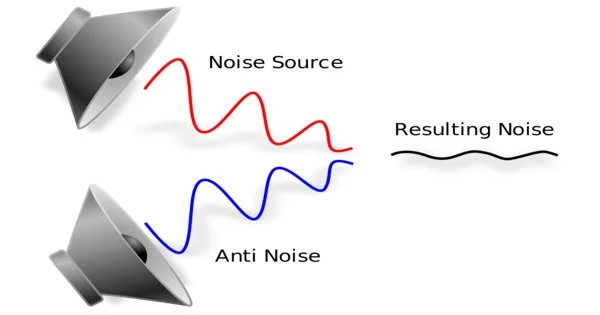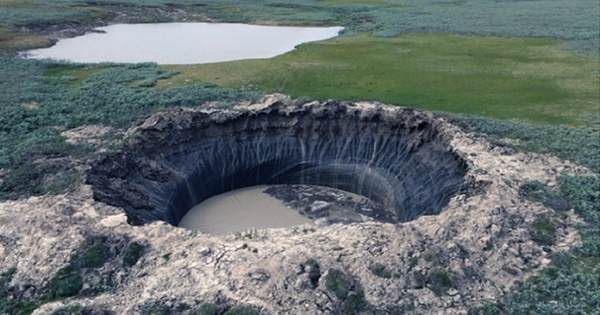The process of removing noise from a signal is known as noise reduction. There are noise reduction techniques for both audio and images. Noise reduction algorithms may cause some signal distortion. As with common-mode rejection ratio, noise rejection is the ability of a circuit to isolate an undesired signal component from the desired signal component. It is widely used in a variety of fields such as audio engineering, photography, and signal processing.
All signal processing devices, analogue and digital, have noise-prone characteristics. Noise can be random with an even frequency distribution (white noise) or introduced by a device’s mechanism or signal-processing algorithms.
Hiss is a common type of noise in electronic systems caused by random electron motion caused by thermal agitation. These agitated electrons quickly add and subtract from the output signal, resulting in detectable noise.
Noise can be introduced into an audio signal during recording or transmission, resulting in hissing, humming, background noise, or other unwanted sounds. Noise reduction techniques seek to reduce or eliminate unwanted sounds while maintaining the quality and integrity of the desired audio. Some common methods for reducing audio noise include:
- Filtering: Applying filters to the audio signal to attenuate or remove specific frequency ranges associated with the noise. For example, a high-pass filter can be used to reduce low-frequency rumble or hum.
- Adaptive Filtering: This technique analyzes the noise profile in real-time and adapts the filter parameters accordingly. It can effectively reduce stationary or slowly varying noise.
- Spectral Subtraction: This method estimates the noise spectrum from a noise-only portion of the audio signal and then subtracts it from the entire signal to attenuate the noise components.
- Wiener Filtering: Based on statistical analysis, Wiener filtering estimates the clean audio signal by considering the statistical properties of the noisy signal and the noise itself.
- Multi-band Compression: By applying compression selectively to different frequency bands, this technique reduces the dynamic range of the noise while preserving the desired audio.
Because of the grain structure of photographic film and magnetic tape, noise (both visible and audible) is introduced. The size of the grains in photographic film determines its sensitivity, with larger-sized grains indicating more sensitive film. The larger the grain size of the magnetic particles (usually ferric oxide or magnetite) in magnetic tape, the more susceptible the medium is to noise. Larger areas of film or magnetic tape may be used to compensate for this and reduce noise to an acceptable level.
Noise reduction techniques are used in photography to reduce digital noise, which can occur due to low-light conditions or high ISO settings. Image noise appears as grainy or speckled artefacts that can degrade an image’s overall quality. To reduce this type of noise while preserving image detail, various software tools and techniques, such as noise reduction filters and denoising algorithms, are used.
















